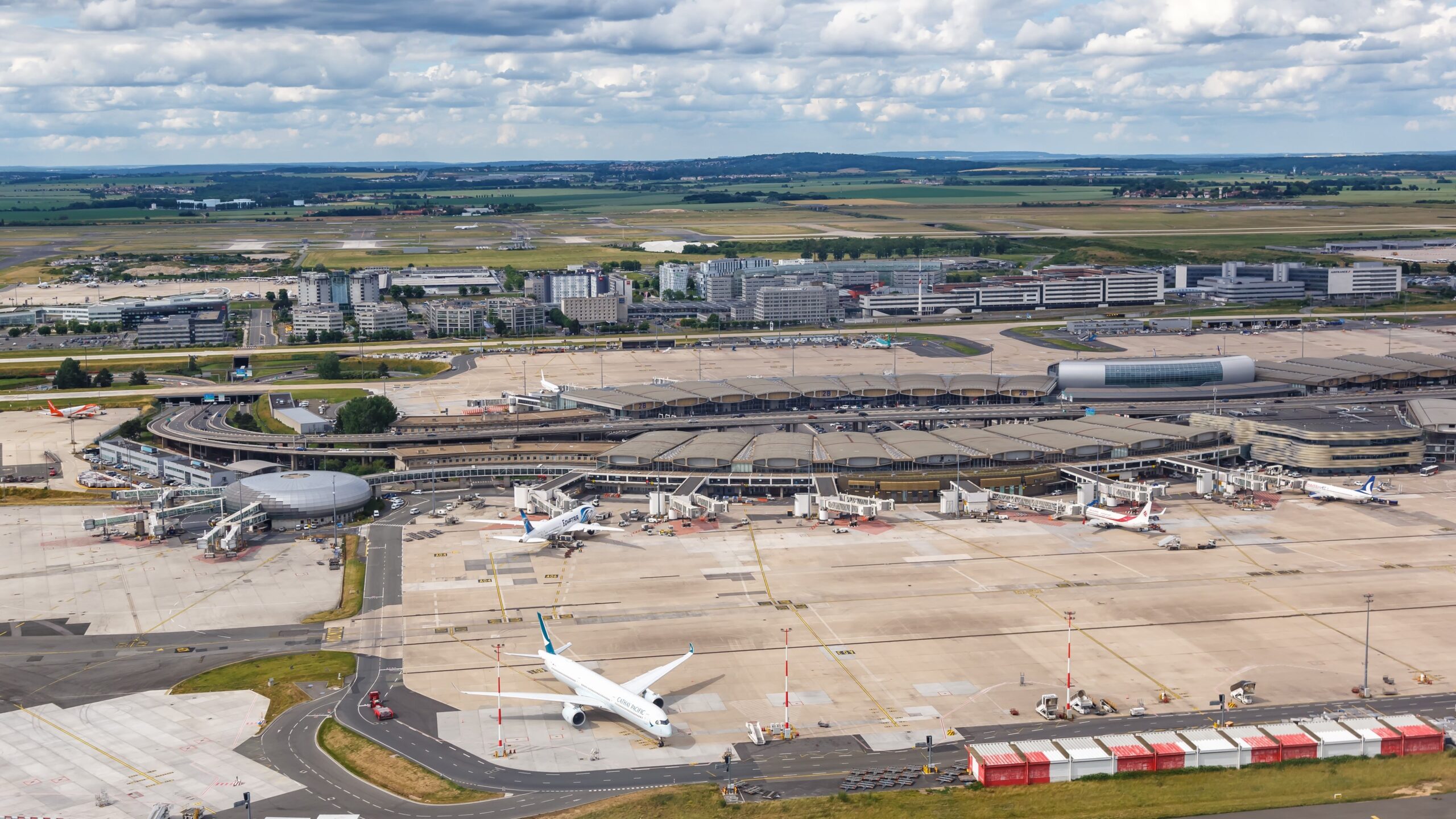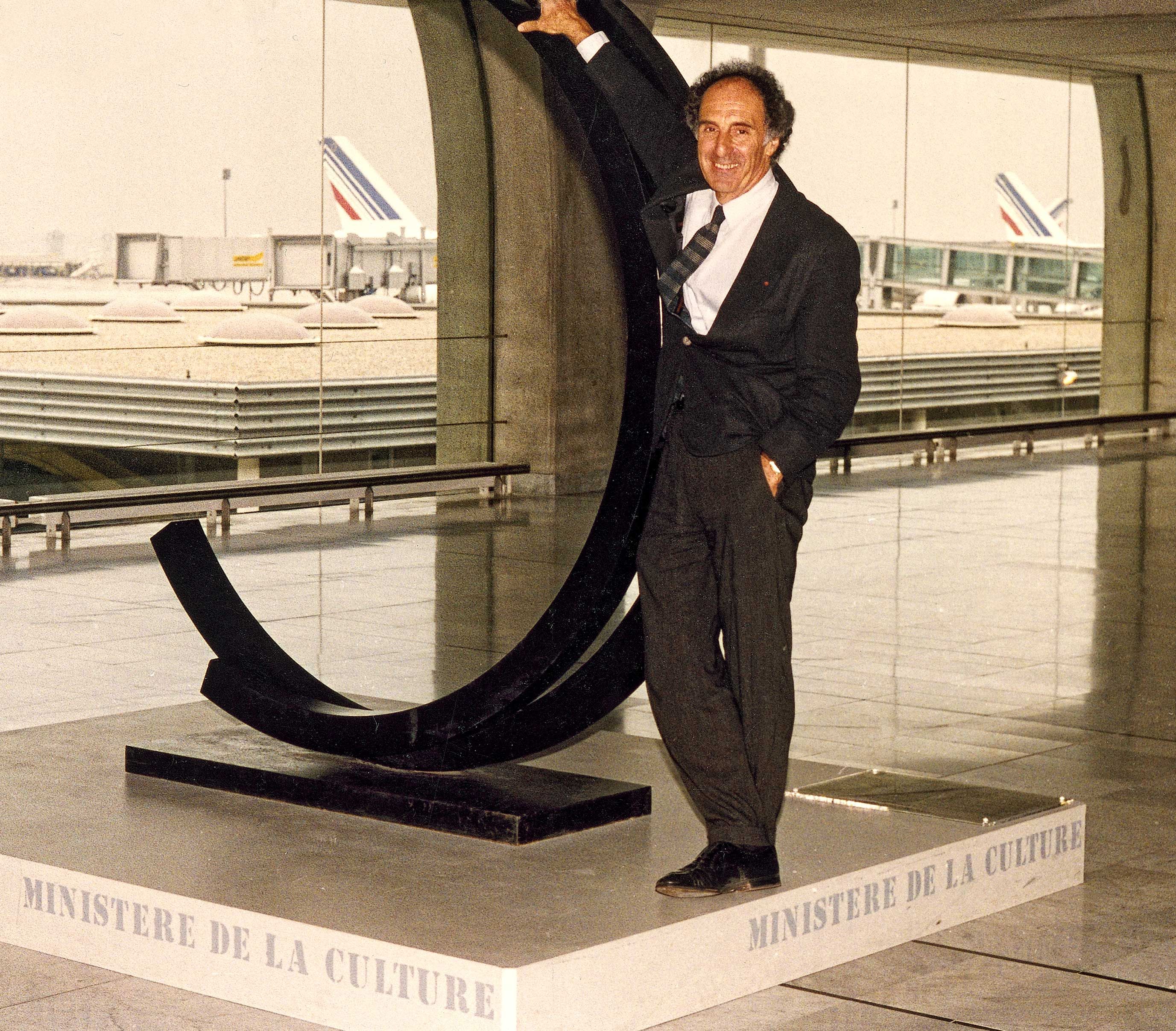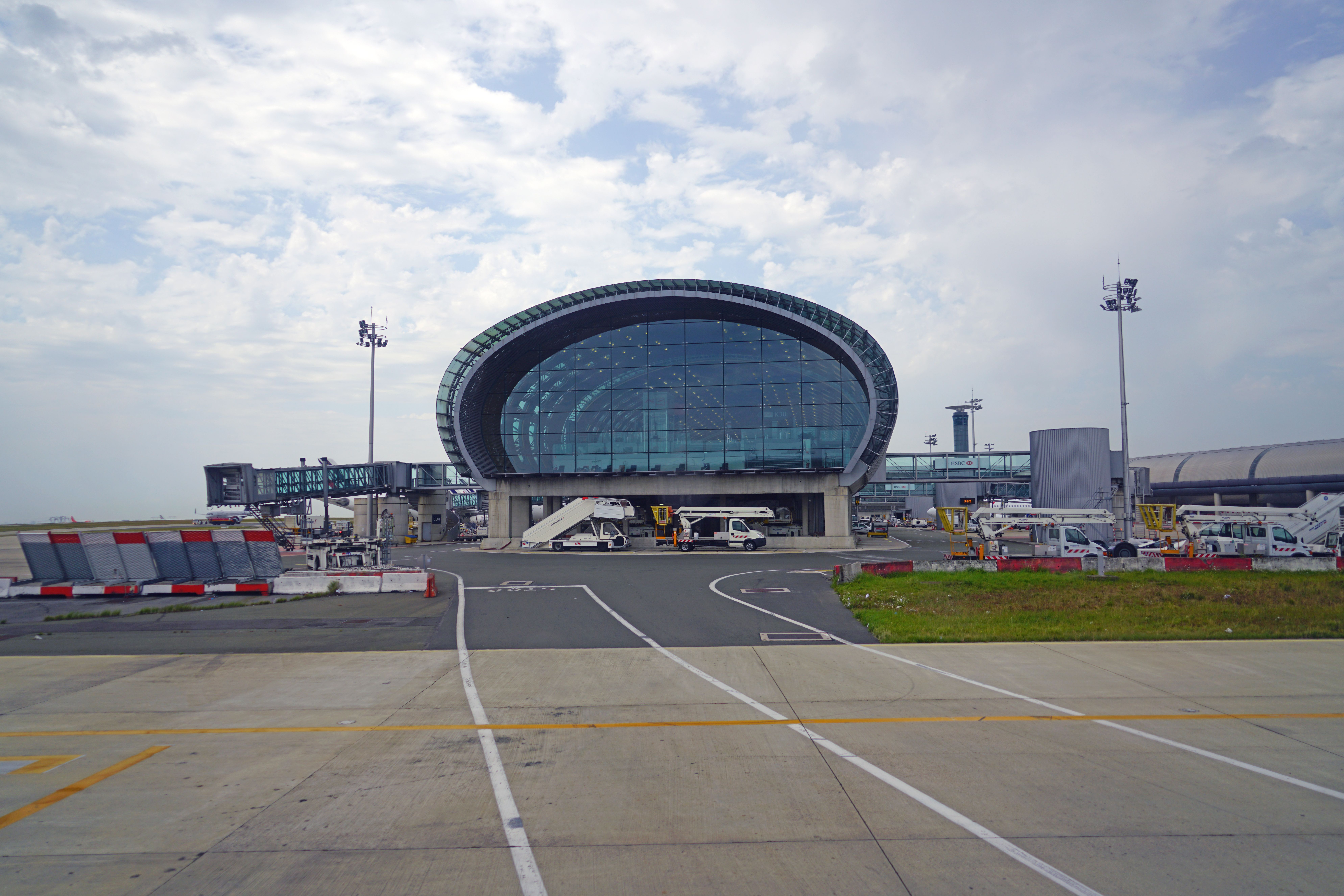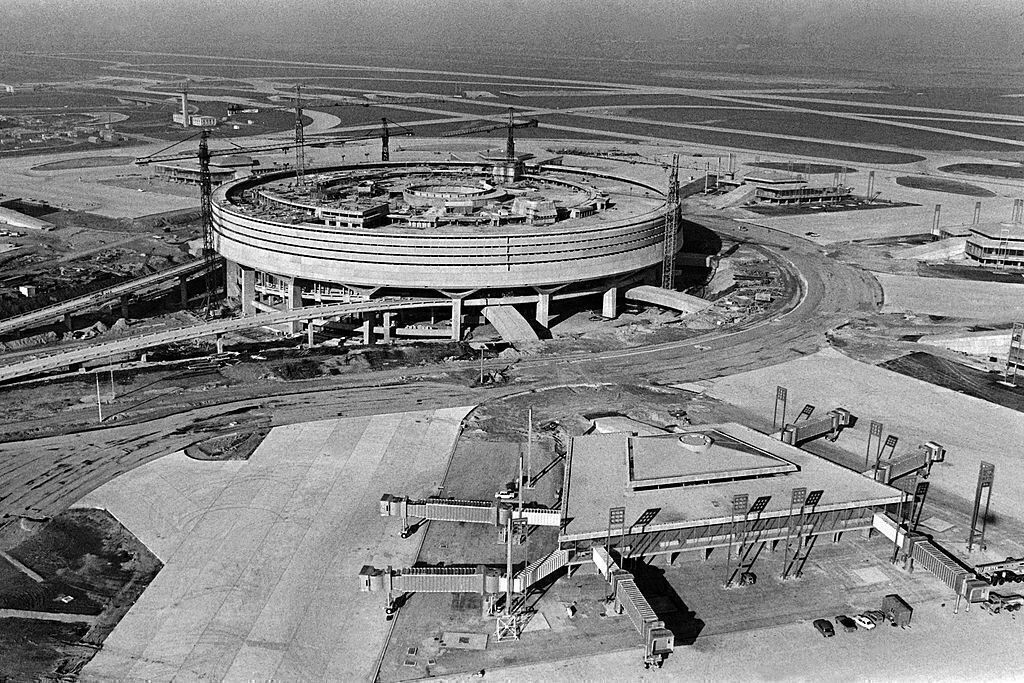Summary
- In 2004, part of Terminal 2E at Paris Charles de Gaulle Airport collapsed, killing four people and leaving three seriously injured.
- Engineers speculated that the terminal’s futuristic design, lacking internal roof supports, contributed to the collapse.
- The collapse was attributed to many factors, including a lack of redundant supports, poorly spaced reinforced steel, and much more.
Over twenty years ago, passengers and staff at Paris Charles de Gaulle Airport (CDG) were left stunned when part of the newly inaugurated Terminal 2E suddenly collapsed. Leaving four dead and others injured, the incident led to immediate administrative and judicial inquiries.
Early morning chaos
In the early hours of May 23rd, 2004, a portion of the pier roof near Gate E50 at Terminal 2E at the Paris CDG collapsed on itself, killing four people – two Chinese citizens, one Lebanese, and one Czech – and leaving three others with serious injuries. Luckily, most of the early morning flights had already departed, so the hall was partly deserted, allowing several people to avoid the fatal incident.
Photo: AP News
According to an article from the French Ministry of Ecological Transition, passengers and security personnel reported seeing cracks in the ceiling about five minutes before the collapse. Concrete dust also fell to the ground while cracks were heard. A 98.4-foot (30-meter) long and 65.6-foot (20-meter) wide section eventually came crashing down. Authorities immediately issued an evacuation order, while approximately 250 firefighters rushed to the scene.
Construction of the terminal
When a building breaks down and collapses for no apparent reason, especially a newly built structure, it’s understandably a terrifying experience. Investigators were left to ponder how a facility less than a year old could fail in such a dramatic way. The ultra-modern terminal, which measured 1,476 ft (450 m) in length, was designed by French architect Paul Andreu, an accomplished airport draftsman.
Having also designed the French terminal for the English Channel Tunnel, Andreu used the principles of tunnel construction for the new airport terminal. Passengers passing through Terminal 2E praised the building, calling it beautiful and practical. With no internal roof supports, passengers could move through the terminal effortlessly. The building was inaugurated in 2003 after facing several delays.
Initial speculation
Following the sudden collapse, criminal investigations for ‘involuntary manslaughter and injury’ were opened. Various experts were also called to inspect the building for any faults in its futuristic-looking design. Engineers speculated that the terminal’s tunnel-like shape may have been a factor in its failure. Without internal support, the building had to rely on its outer shell to bear all or part of the weight.
Photo: EQRoy | Shutterstock
Investigators looking into the collapse were quick to silence the engineers, saying that it was their job to ensure the safety of an architect’s designs. When speaking about the building’s failure to The New York Times, the chief curator of architecture and design at the Museum of Modern Art in Manhattan, Terence Riley, said:
”When incidents like this happen, the press loves to trot out this morality play suggesting that the reason for the disaster is that the architect wanted to do something new or unusual.”
Riley added that when four workers died in the collapse of a parking garage at the Tropicana Casino and Resort in Atlantic City – a building with a more straightforward design than Paul Andreu is known for – “nobody thought the architect had caused it.”
Causes of the sudden collapse
In a preliminary report released two months after the incident by an investigative commission, it was suggested that steel support rods could have been to blame. Using tunnel-building technology, Paul Andreu used steel hoops supported by rods to emulate the surrounding earth’s pressure on tunnels. Some of the rods may have pushed through the concrete, weakening the integrity of the building.
Photo: Chandra Ramsurrun | Shutterstock
The investigation was not without its challenges, as nearly 400 companies were subcontracted to construct the CDG terminal. About a year after the fatal accident, a final report into what caused the collapse was published, pointing out that there was no single fault but several reasons why the building failed. With a complicated design that had little margin for safety, the Administrative Investigation Commission cited the following flaws:
- A lack of redundant supports
- Poorly spaced reinforced steel
- Weak outer shell struts
- Weak concrete support beams
- A low resilience to temperature
Sources privy to the investigation disclosed that the builders had worked as closely to the limits as possible to keep the $900 million project costs within budget. Unsurprisingly, the terminal’s tragic incident and indefinite closure severely impacted the airport’s business plan.
According to an analysis published in Case Studies in Construction Materials, “excessive deformation was a major cause of the structural damage.” Furthermore, the study concluded that “the maximum deflection occurs in the part near to the footbridges where the crash happened.”
Reopening of the terminal
The terminal’s designer, Paul Andreu, later denounced the construction companies building the terminal for not correctly preparing the reinforced concrete. Following the investigation, the rest of Terminal 2E was demolished and rebuilt on the existing foundation using a more traditional glass and steel structure. The terminal reopened to passengers again on March 30th, 2008.
Photo: Liudmila Parova | Shutterstock
Today, Terminal 2E welcomes several international airlines, mainly operating flights outside the Schengen Area, as well as many SkyTeam and Star Alliance members. It comprises three main boarding halls with restaurants, shops, and comfortable lounges. Charles de Gaulle has three terminals (1, 2, and 3), with Terminal 2 divided into seven sub-terminals (2A – 2G).
Do you remember the tragic collapse of Terminal 2E at Charles de Gaulle? What else do you know about the incident? Feel free to discuss in the comments!






